Ancient news stories
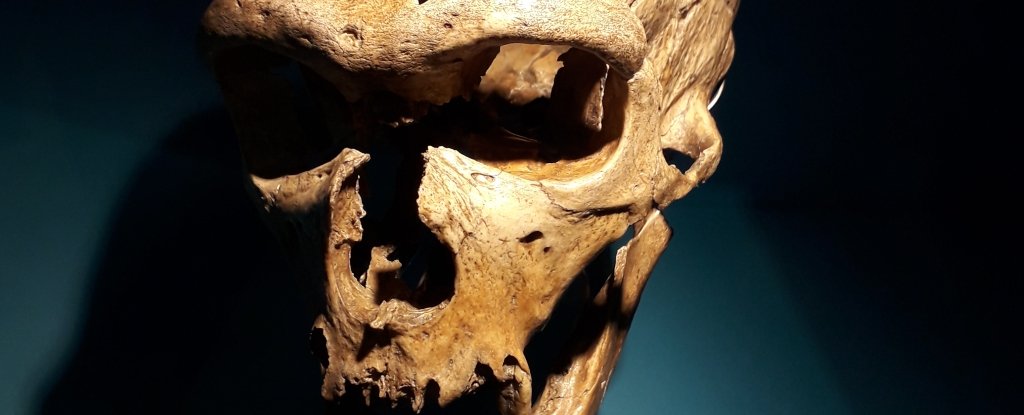
In spite of the myriad of findings detailing their genetic and cultural similarities, our long-extinct ‘cousins’ are still all too often exiled into their own species, Homo neanderthalensis. That categorization is due for a change…See the study here.
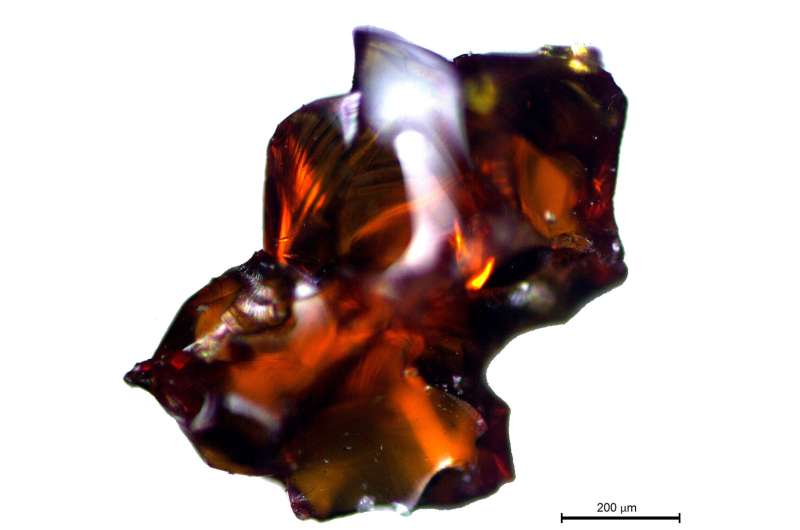
A team of scientists have identified the oldest pieces of Baltic amber ever found on the Iberian Peninsula, revealing that this luxury material used in jewelry and handicrafts around the world was already being imported more than 5,000 years ago. See the study here.
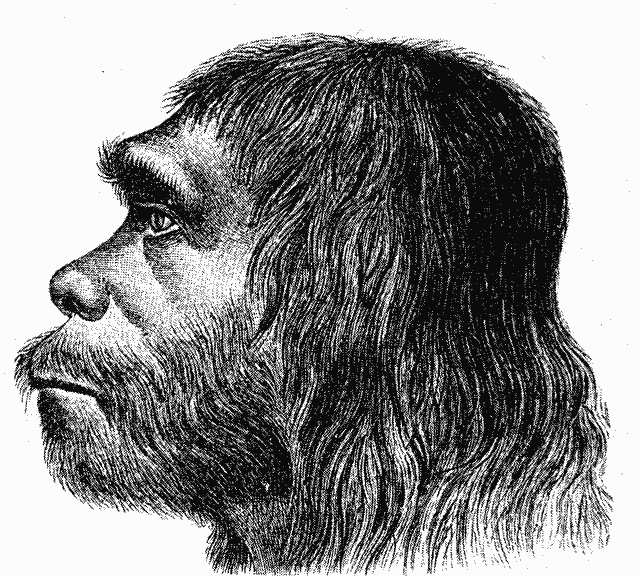
Modern humans migrated to Eurasia 75,000 years ago, where they encountered and interbred with Neanderthals. A new study published in the journal Current Biology shows that at this time Neanderthals were already carrying human DNA from a much older encounter with modern humans.
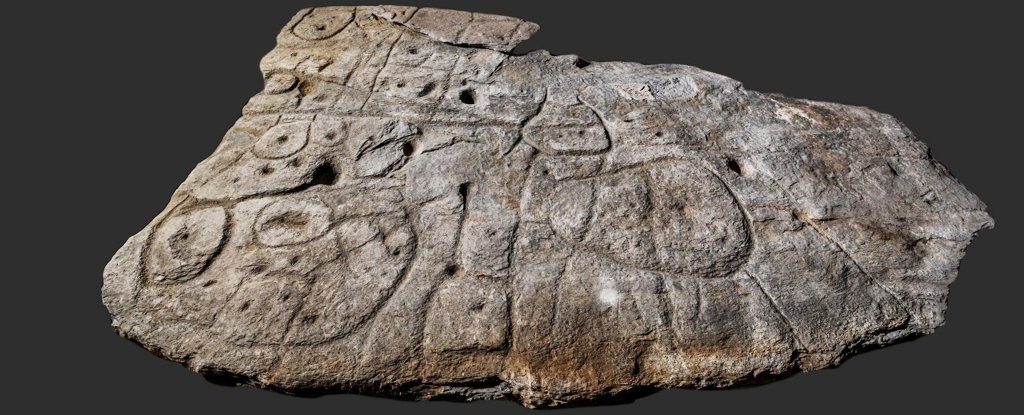
A piece of rock with mysterious markings that lay largely unstudied for 4,000 years is now being hailed as a “treasure map” for archaeologists, who are using it to hunt for ancient sites around north-western France.
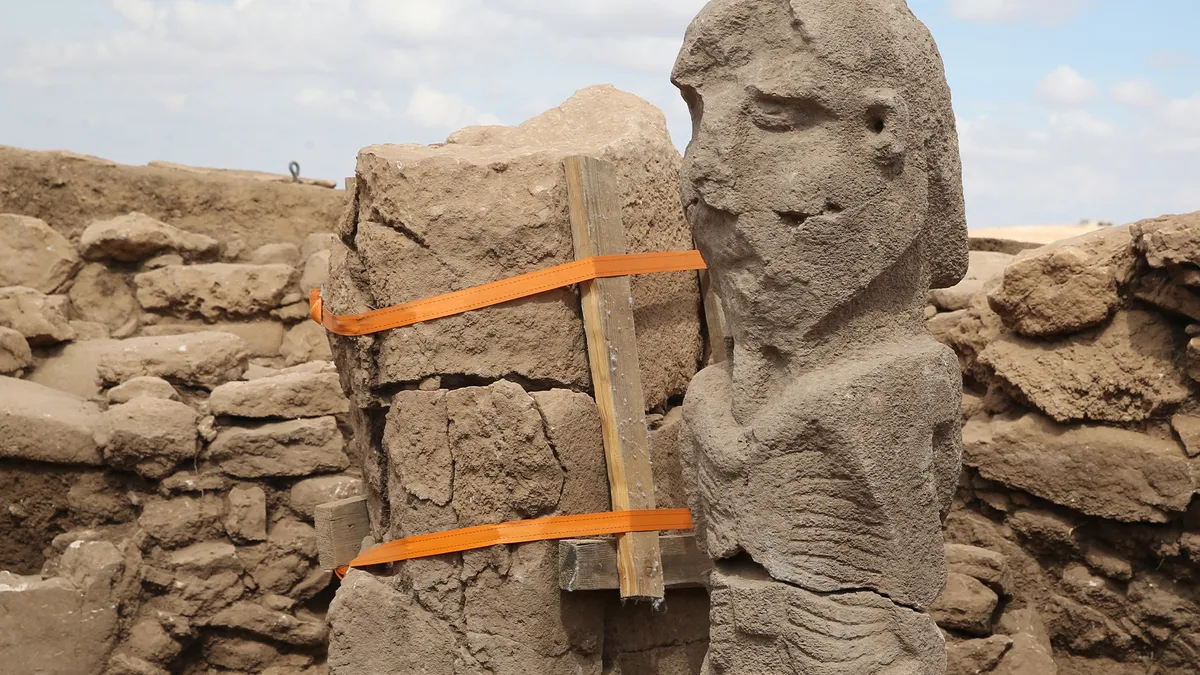
Archaeologists in Turkey have unearthed a nearly 11,000-year-old statue that may depict a giant man clutching his penis, along with a life-size wild boar statue. The two statues come from the neighboring sites of Gobekli Tepe and Karahan Tepe, which are among the oldest temple sites in the world.
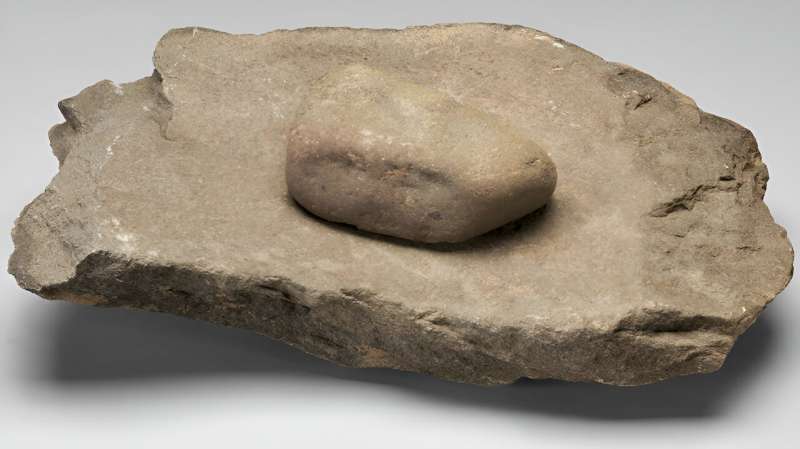
The richness and productive diversity of the Chalcolithic communities of the southern half of the Iberian Peninsula, dating back 5,100 to 4,200 years ago, were produced without signs of economic exploitation or marked social hierarchies and with a high degree of cooperation. See the study here.
A reanalysis of an ancient fossil has shed new light on the adaptive behaviour of ancient humans in Africa. An extensive cross-institutional study published in the journal Science has reevaluated the fossil and proposed a new perspective on the movements of ancient humans in this part of Africa.
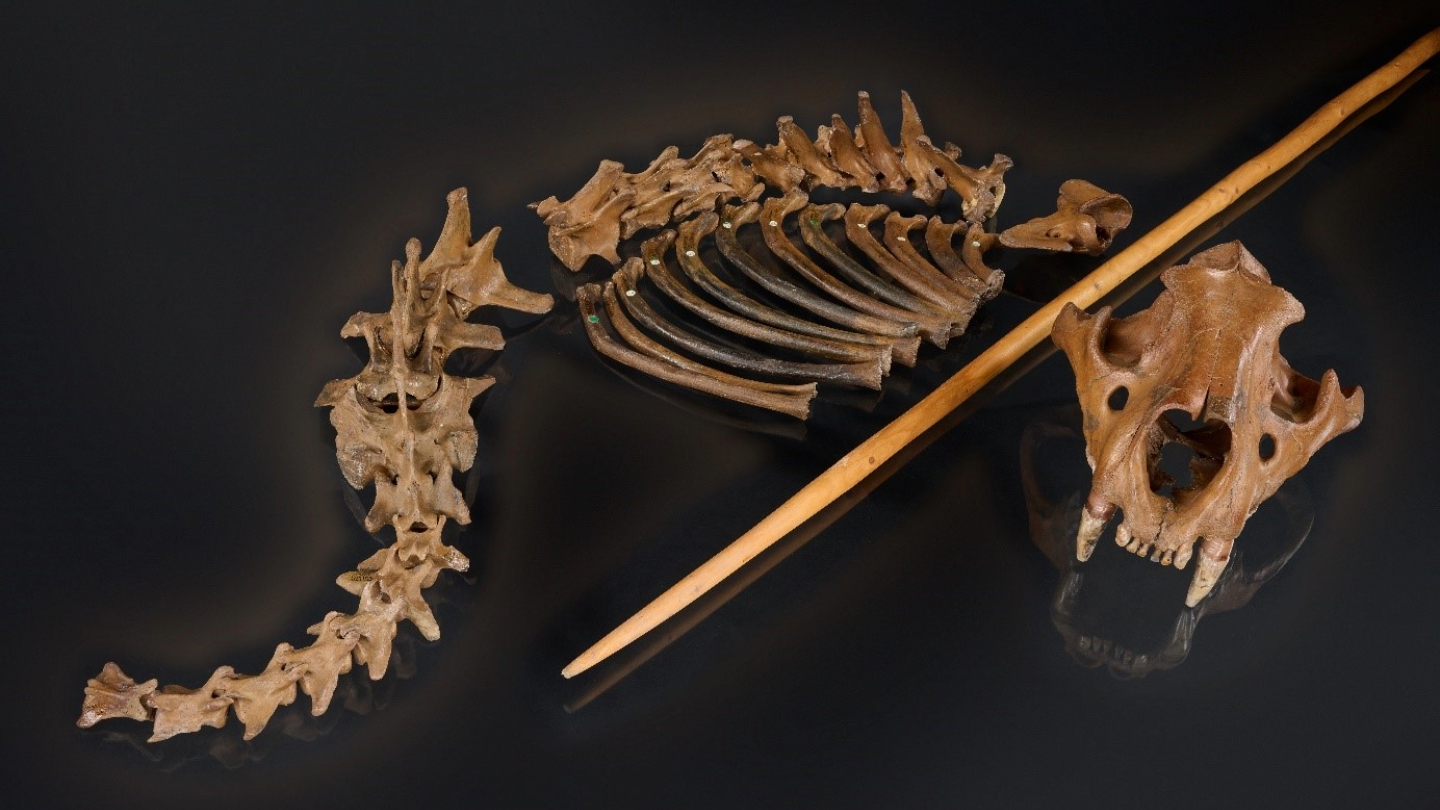
The discovery represents the first direct evidence of Neandertals hunting cave lions, and the oldest evidence of any hominid slaying a large predator, researchers say. But such behavior probably began much earlier among Neandertals, zooarchaeologist Gabriele Russo and colleagues report October 12 in Scientific Reports.
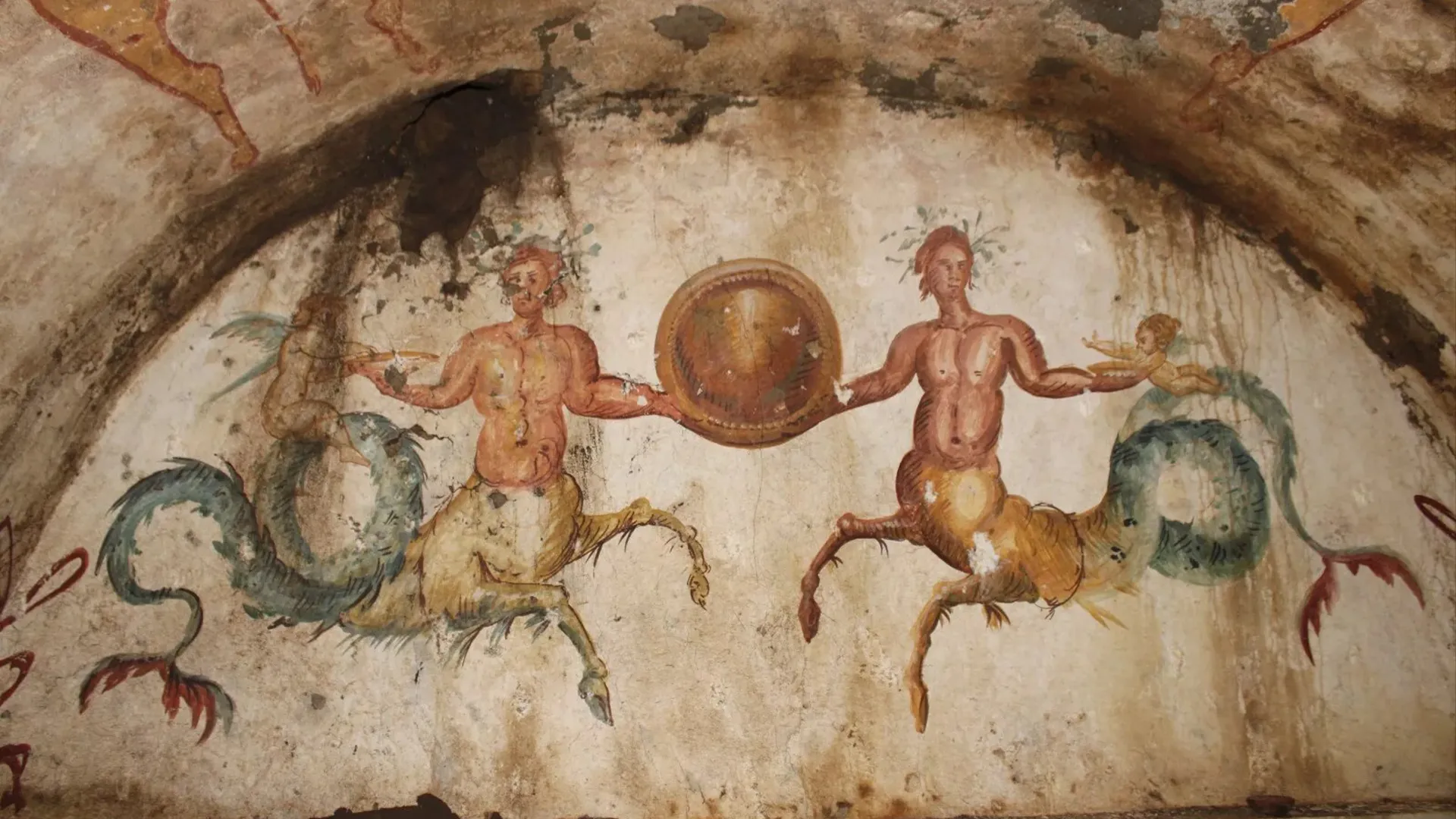
Archaeologists in Italy have unearthed a 2,200-year-old tomb painted with two uncommon mythical creatures: a pair of ichthyocentaurs, or sea-centaurs, which have the head and torso of a man, the lower body of a horse and the tail of a fish.
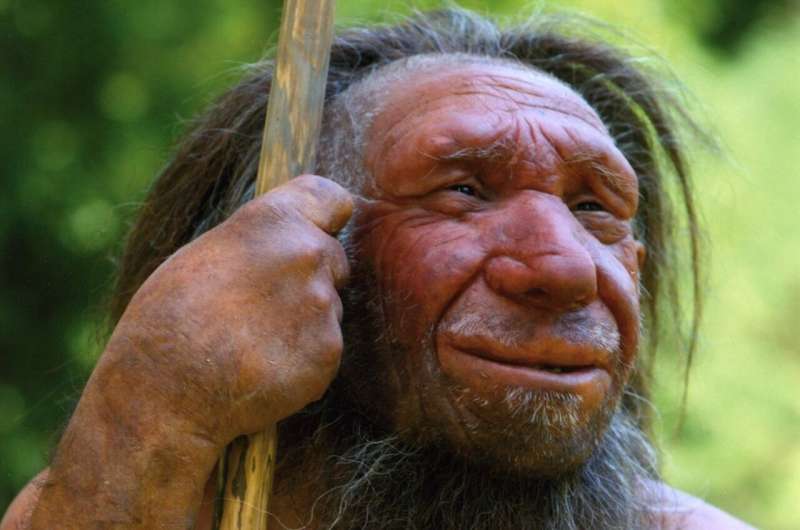
“Neanderthals were capable of symbolic thought, could create artistic objects, knew how to decorate their bodies using personal ornaments and had an extremely varied diet. Add to that that, based on our findings, we can say with certainty that they habitually ate cooked food. This ability confirms that they were as skilled as the Homo sapiens who lived millennia later.” See the study here.
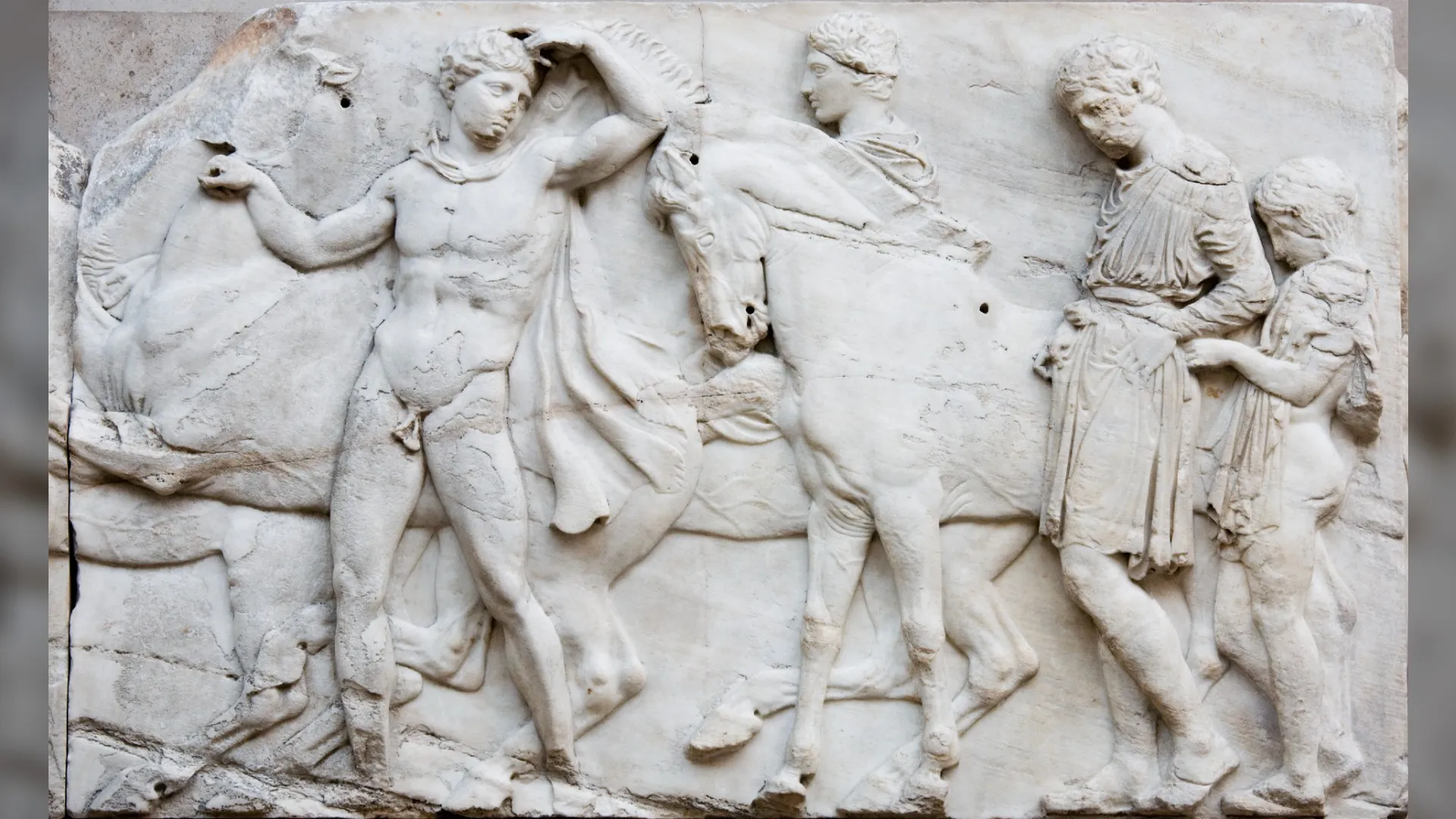
The ancient Greek statues were assumed to be spotlessly white, but a new study reveals that the Parthenon Sculptures once burst with color.

Psychoactive plants bridge, be it the spirit world or distant cultures…Just as consuming them can blend one reality with another, the plants travel the world, crossing borders with the humans that carry them…Sometimes, their history is nearly forgotten. Such is the case of espand (Syrian rue), whose rituals were lost through the cracks of time.

Scientists at Yale and the Southwest Research Institute (SRI) say they’ve hit the jackpot with some valuable new information about the story of gold. Details are provided in a study in the journal Proceedings of the National Academy of Sciences.
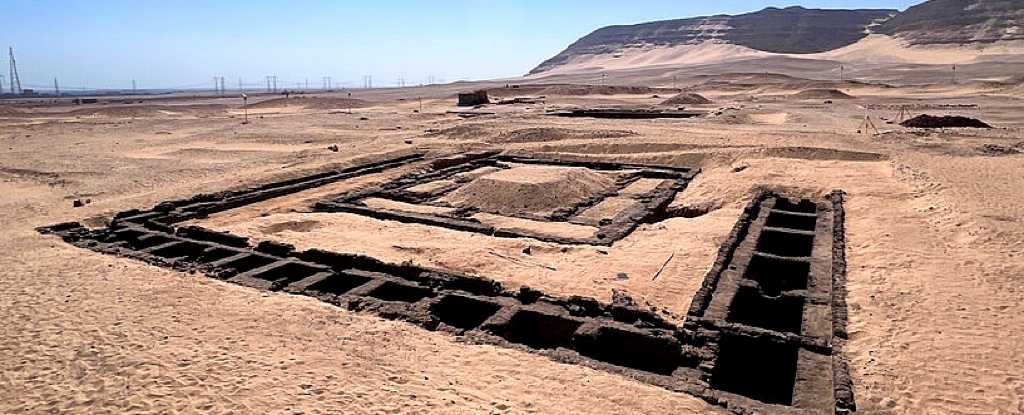
Meret-Neith lived some 5,000 years ago, serving as queen of Egypt some time around 2950 BCE. She was, at the very least, queen-consort and regent. She may have been a ruler in her own right – a pharaoh – but archaeologists have been unable to determine her position with certainty.
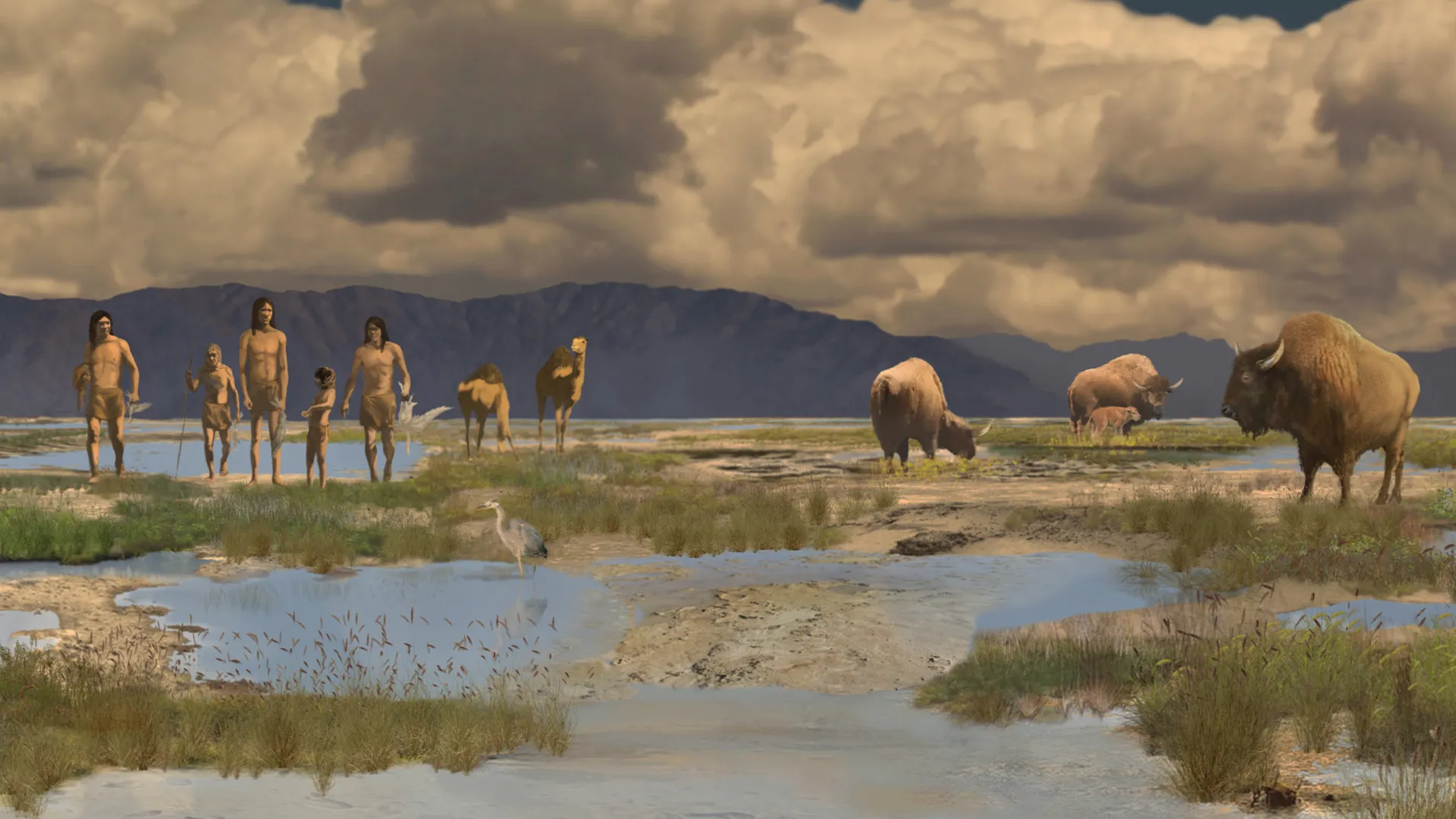
For decades, we thought the first humans to arrive in the Americas came across the Bering Land Bridge 13,000 years ago. New evidence is changing that picture.
Analysis of ancient tree rings from the French Alps has revealed a massive solar storm – the largest ever identified to date – occurred about 14,300 years ago.








